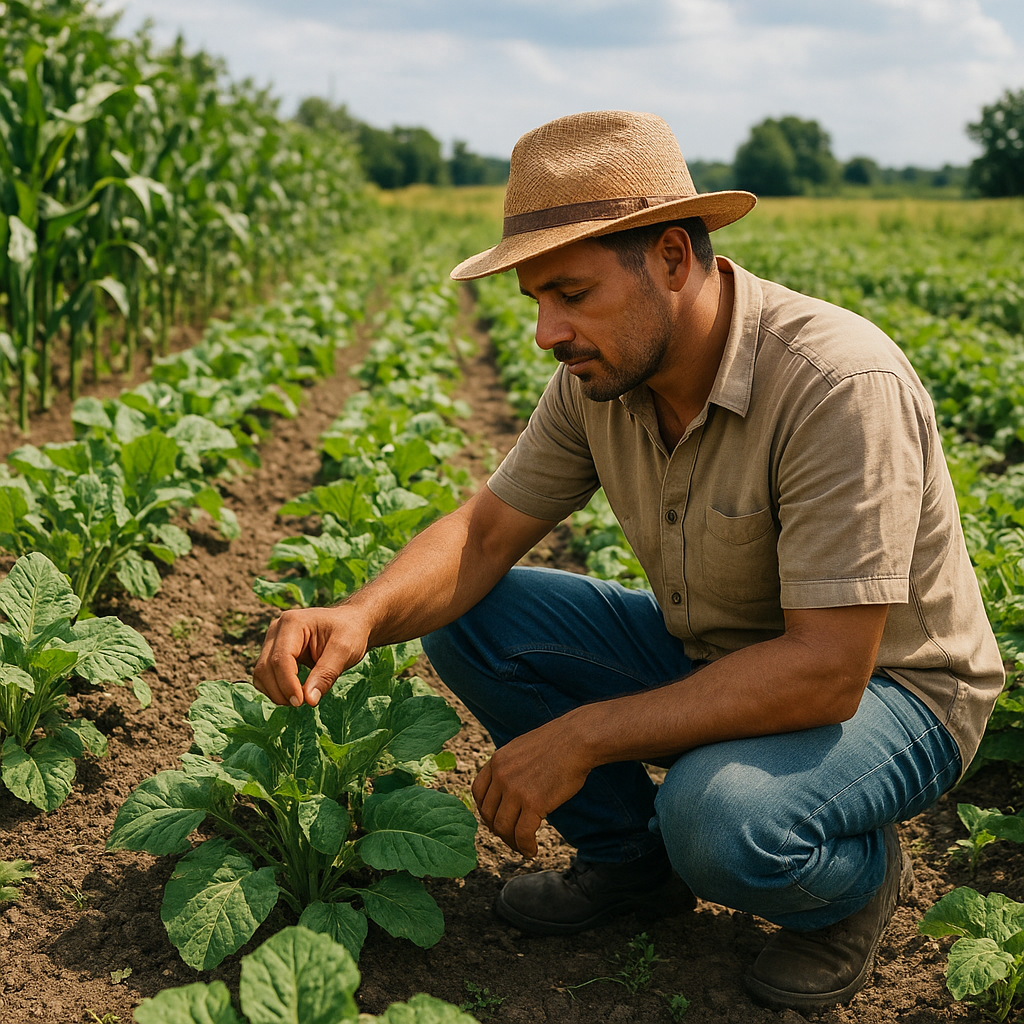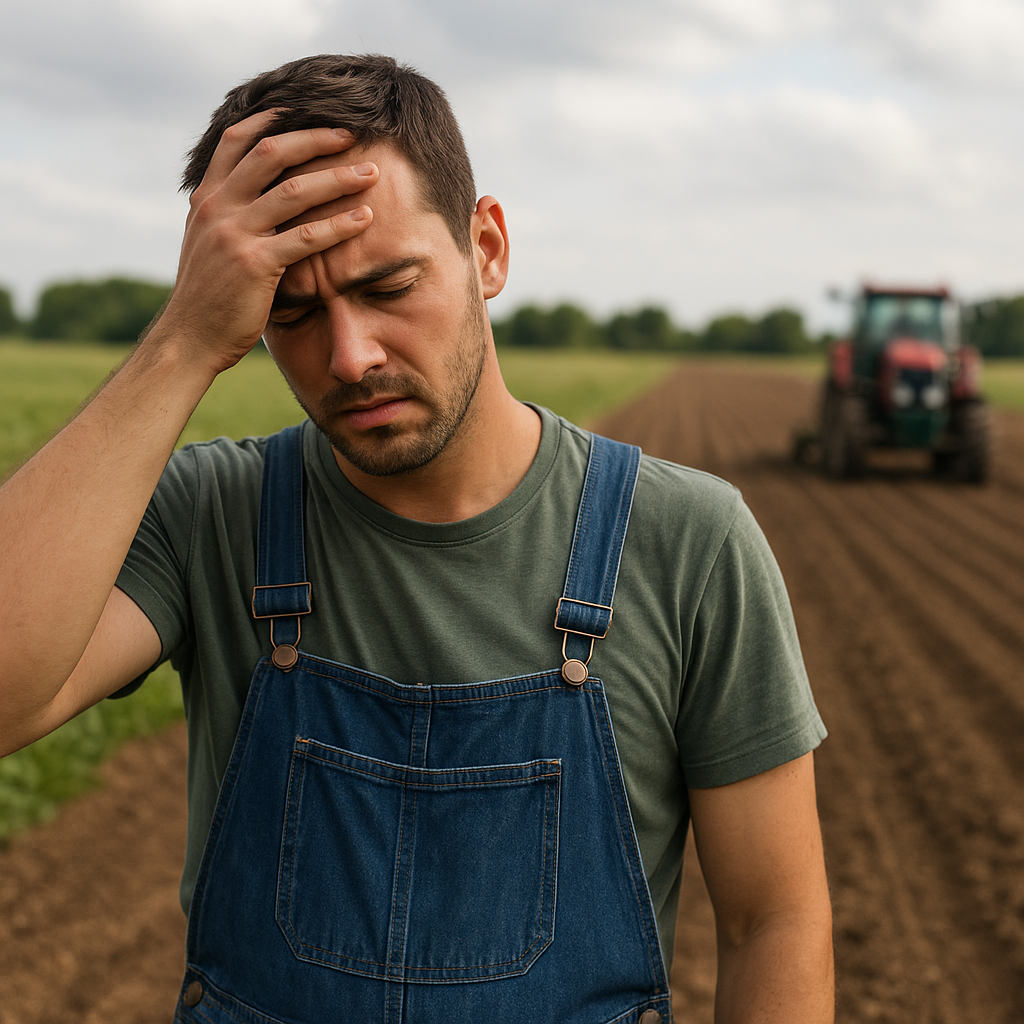
Installing a farm-based wind turbine for renewable energy is an increasingly popular choice among farmers looking to reduce energy costs and promote sustainability. As the world shifts towards greener energy solutions, wind power offers a viable and efficient alternative to traditional energy sources. This article will guide you through the process of installing a wind turbine on your farm, covering essential considerations, installation steps, and maintenance tips.
Understanding the Benefits of Farm-Based Wind Turbines
Before diving into the installation process, it’s crucial to understand the benefits that a wind turbine can bring to your farm. Wind energy is a clean, renewable source that can significantly reduce your carbon footprint. By harnessing the power of the wind, farmers can generate electricity to power their operations, reducing reliance on fossil fuels and lowering energy bills.
Moreover, wind turbines can provide a new revenue stream. Excess energy generated can be sold back to the grid, offering an additional income source. This not only helps in offsetting the initial investment costs but also contributes to the local energy supply, promoting community sustainability.
Another advantage is energy independence. With a wind turbine, farmers are less vulnerable to energy price fluctuations and supply disruptions. This stability is particularly beneficial in rural areas where energy infrastructure may be less reliable.
Site Assessment and Planning
The first step in installing a wind turbine is conducting a thorough site assessment. This involves evaluating the wind resources on your farm to determine if they are sufficient for a wind turbine. Wind speed and consistency are critical factors; generally, a minimum average wind speed of 5 meters per second is recommended for efficient energy generation.
Topography and land use are also important considerations. Open, unobstructed areas are ideal for wind turbines, as obstacles like trees and buildings can disrupt wind flow. Additionally, the site should be accessible for construction and maintenance activities.
Once a suitable site is identified, planning permission and regulatory compliance must be addressed. This may involve obtaining permits from local authorities and ensuring that the installation complies with zoning laws and environmental regulations. Engaging with local stakeholders and community members can also facilitate a smoother approval process.
Selecting the Right Wind Turbine
Choosing the appropriate wind turbine for your farm is a critical decision that impacts the efficiency and cost-effectiveness of your renewable energy system. Factors to consider include the turbine’s size, capacity, and technology. Small to medium-sized turbines are typically suitable for farm use, with capacities ranging from 10 kW to 100 kW.
Horizontal-axis wind turbines (HAWTs) are the most common type, known for their efficiency and reliability. However, vertical-axis wind turbines (VAWTs) may be more suitable for areas with turbulent wind conditions or limited space. It’s essential to evaluate the specific needs and conditions of your farm when selecting a turbine.
Additionally, consider the manufacturer’s reputation, warranty, and after-sales support. Investing in a high-quality turbine from a reputable supplier can ensure long-term performance and reduce maintenance costs.
Installation Process
Once the site is prepared and the turbine is selected, the installation process can begin. This typically involves several key steps:
- Foundation Construction: A solid foundation is crucial for the stability and safety of the wind turbine. This involves excavating the site, pouring concrete, and allowing it to cure before proceeding with the installation.
- Tower Erection: The tower supports the turbine and elevates it to capture optimal wind speeds. Depending on the design, towers can be assembled on-site or pre-fabricated and transported to the location.
- Turbine Assembly: The turbine components, including the rotor, nacelle, and blades, are assembled and mounted on the tower. This step requires precision and expertise to ensure proper alignment and functionality.
- Electrical Connection: The turbine is connected to the farm’s electrical system, allowing the generated energy to be utilized or fed into the grid. This involves installing inverters, transformers, and other necessary equipment.
- Testing and Commissioning: Before the turbine becomes operational, it undergoes rigorous testing to ensure safety and performance standards are met. This includes checking electrical connections, monitoring wind speed, and verifying energy output.
Maintenance and Monitoring
Regular maintenance is essential to maximize the lifespan and efficiency of your wind turbine. This includes routine inspections, lubrication of moving parts, and monitoring for wear and tear. Scheduled maintenance should be performed by qualified technicians to ensure safety and compliance with manufacturer guidelines.
Monitoring systems can provide real-time data on the turbine’s performance, allowing for early detection of potential issues. This proactive approach can prevent costly repairs and downtime, ensuring consistent energy production.
Additionally, keeping detailed records of maintenance activities and performance metrics can help in optimizing the turbine’s operation and planning future upgrades or expansions.
Conclusion
Installing a farm-based wind turbine is a significant investment that can yield substantial benefits in terms of energy savings, environmental impact, and financial returns. By carefully assessing your site’s wind resources, selecting the right turbine, and following a structured installation and maintenance plan, you can harness the power of wind to support your farm’s sustainability goals.
As technology advances and the demand for renewable energy grows, wind turbines will continue to play a vital role in the agricultural sector. Embracing this clean energy solution not only contributes to a greener future but also enhances the resilience and profitability of your farming operations.

